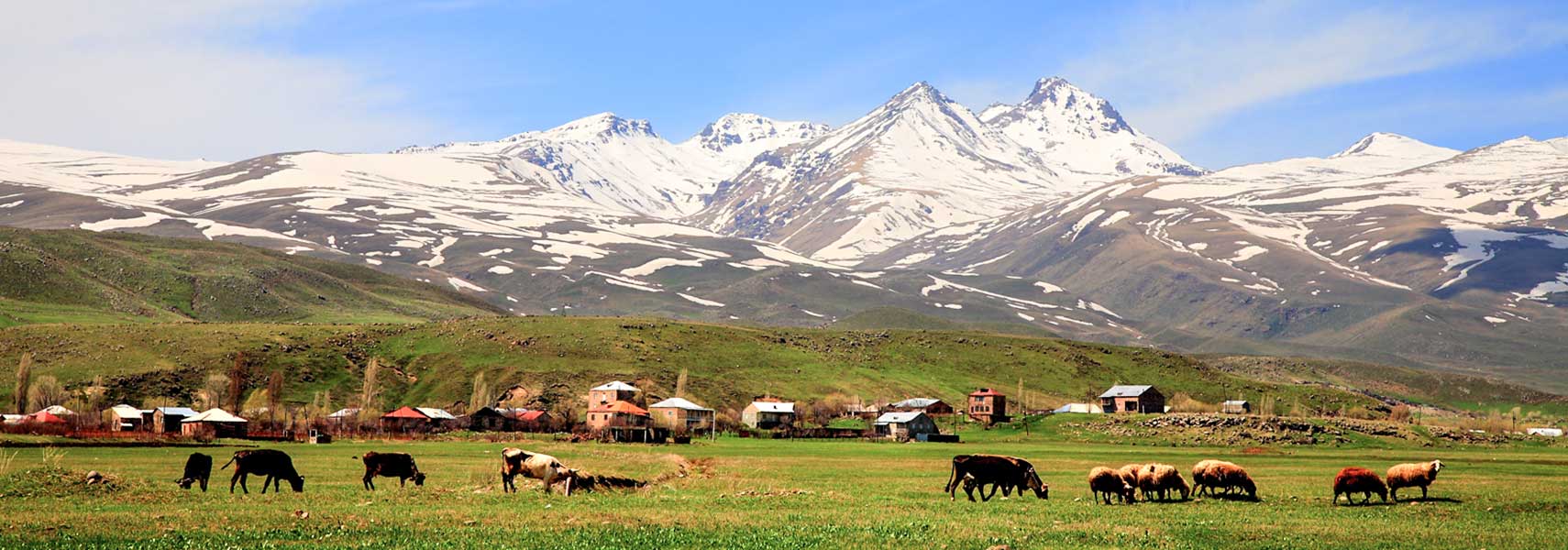-
Gallery of Images:

-
Language Culture in Society Although there are psycholinguistic characteristics that all humans share, language learning and teaching is always embedded in cultural and social structures. Languages die out, their uses in a speech community shift over time, and new languages emerge. Meet others in your local area who share an enjoyment for a specific Language and Culture. Experience cultural activities and make new friends. Wole Soyinkas Death and the Kings Horseman reflected a new global culture Language is a system that consists of the development, acquisition, maintenance and use of complex systems of communication, particularly the human ability to do so; and a language is any specific example of such a system. The scientific study of language is called concerning the philosophy of language, such as whether words can represent experience, have been debated at. Graduates from the Language and Culture BA and related programmes have entered a wide range of professions including: journalism, the civil service, interpreting and translating, publishing, advertising, teaching, the media and the arts. The young often text more than make phone calls, so is speech itself doomed. The relationship between language and culture is deeply rooted. Language is used to maintain and convey culture and cultural ties. Different ideas stem from differing language use within ones culture and the whole intertwining of these relationships start at ones birth. There is a unique tie between culture and language. The languages we speak provide us with the words and concepts to describe the world around us. The importance of these local spaces is signaled by maps of the school drawn by students. The school map shows all the official spaces of the campus, including athletic areas where few students hung out, but the student maps often omit entire buildings or represent only those portions that students occupied during unofficial activities at lunch and before and after school, when social. Other great resources: Language and Culture blogs, Word of the Day, and interactive social communities help you expand upon the basic learning material by connecting you with others and allowing you to practice using language in the real world. Language in itself is a product of culture. It serves not only as a conduit of a large number of cultural messages but, in its very structure and vocabulary, it carries messages from the society to the individual and viceversa. Language can be viewed as a verbal expression of culture. It is used to maintain and convey culture and cultural ties. Language provides us with many of the categories we use for expression of our thoughts, so it is therefore natural to assume that our thinking is influenced by the language which we use. Culture language definition is a language that is learned by many members of other speech communities for the sake of access to the culture of which it is the vehicle. a language that is learned by many members of other speech communities for the sake of. Language Language and culture: It has been seen that language is much more than the external expression and communication of internal thoughts formulated independently of their verbalization. In demonstrating the inadequacy and inappropriateness of such a view of language, attention has already been drawn to the ways in which ones native language is intimately and in all sorts of details. Summer Ukrainian Language and Culture Program is the largest and most prestigious Ukrainian as a foreign language program in Ukraine, welcoming almost. Language is the core of human culture anthropologists have always put it at the centre of their agenda. The amalgam of the two disciplines, anthropological linguistics, aims to document and examine how language mirrors social structure and culturespecific thought patterns. Let's discover Ukraine together! This year for the third time School of Ukrainian language and culture will organize Carpathian Program for the first 2 weeks of Session A. Nonmaterial culture refers to the nonphysical ideas that individuals have about their culture, including values, belief systems, rules, norms, morals, language, organizations, and institutions, while material culture is the physical evidence of a culture in the objects and architecture they make or have made. An important question at this point is: Are these differences caused by language per se or by some other aspect of culture? Of course, the lives of English, Mandarin, Greek, Spanish, and Kuuk Thaayorre speakers differ in a myriad of ways. Culture, sport, fashion, finance, media, entertainment Barcelona is brimming with it all. The largest city on the Mediterranean Sea, Barcelona is home to 1. 6 million in the city proper and 4. 5 million in the broader metro area. After reading chapter 3 of the course text (Bonvillain, 2014), write a 2 to 3paragraph reflection on the following: How do assumptions about others. Language and Culture provided a guide to join my Chinese friends and I to watch Richard III at Shakespeares Globe. The guide impressed me with his extensive knowledge of plays, old English language and history. Common culture and common language facilitate trade between people. Minorities have incentives to become assimilated and to learn the majority language so that they have a larger pool of potential trading partners. The value of assimilation is larger to someone from a small minority than to one from. It is said that Japanese is an isolated language. In the past it has refused to mix up with other languages, just like the Japanese people did (Japan was closed off to the world from 1639 to 1853). Obviously, the language represents our culture. Because of this, Japanese people are said to be. Insight and relationship between language and culture. This feature is not available right now. The relation of culture and language is the way they share human values, realities and behaviours of a social group. As a conclusion, according to Kramsch, language expresses, embodies and. New cognitive research suggests that language profoundly influences the way people see the world; a different sense of blame in Japanese and Spanish For example, we may say we culture instead of we have (a) culture, or languaging is an important activity in human life instead of language is an important tool for humans. The cultural anthropologist Brian Street used the statement Culture is a verb in the. Language: Language is a system of conventional spoken, manual, or written symbols by which individuals express themselves. Language and Thought Processes. Language is more than just a means of communication. It influences our culture and even our thought processes. During the first four decades of the 20th century, language was viewed by American linguists and anthropologists as being more important than it actually is in shaping our perception of reality. Etvs Lornd University (ELTE) organizes the 24th Summer University of Hungarian Language and Culture. The professional background of the program is guaranteed by the Department of Hungarian as a Foreign Language, which is the methodological center of teaching Hungarian as a foreign language. VLC visited Georgia several years ago and we loved having you. On a deeper level, language is an expression of who we are as individuals, communities, nations. Culture refers to dynamic social systems and shared patterns of behavior, beliefs, knowledge, attitudes and values. Language and culture are linked in the transmission of knowledge, in the construction of social life, and ideologies about language use and its relation to human behavior. Culture is a product of the human mind and it is defined, propagated and sustained through language. The relation between language and culture is indisputably symbiotic. Language serves as an expression of culture without being entirely synonymous with it. LCW is a global consulting firm that offers cultural competence solutions for diverse groups and organizations. From global executive leadership teams to Chief Diversity Officers, to international students to virtual teams, our solutions build systems, skills and mindsets for succeeding in a multicultural world. Language and culture learning is essential for building the strong partnerships that undergird language development. A language community's needs and aspirations are best understood and assisted when communication takes place in the local language, within the local cultural context. The Language Culture program is built on more than 30 years of success. By taking Spanish language classes and electives in Spanish, youll progressively tackle and conquer universitylevel concepts in everything from art history to international relations to womens studies. The aim of the International Journal of Language and Culture (IJoLC) is to disseminate cuttingedge research that explores the interrelationship between language and culture. The journal is multidisciplinary in scope and seeks to provide a forum for researchers interested in the interaction between language and culture across several disciplines, including linguistics, anthropology, applied. That is, culture has a direct effect on language. Language and culture are closely correlated. Introduction Human being is a social creature. In fact, man is a receiver and sender of messages who assembles and distributes information (Greimas, 1970). Sapir (1956) insists that every cultural pattern and every single act of social Accept. We use cookies to improve your website experience. To learn about our use of cookies and how you can manage your cookie settings, please see our Cookie Policy. By closing this message, you are consenting to our use of cookies. The Organization meets the fourth Tuesday of the month at the Rincon Library and is open to the public. Background: In 1998, Snezhinsk, a beautiful city perched on the east slope of the Ural mountains became a sister city to Livermore. Our Ukrainian Language and Culture School is the best opportunity to find out about traditional and presentday life in Ukraine! You are welcome to 2 week intensive course of. Blurring the Line between Language and Culture Fatiha Guessabi argues that culture is a language in itself Language always carries meanings and references beyond itself: The meanings of a particular language represent the culture of a particular social group. Recent social and political changes have focused attention on the debate about the relationship between language and culture. This book offers an accessible survey of key concepts such as social context and cultural authenticity, using insights from fields which include linguistics, sociology and anthropology. Arabic languageandculture learning through the arts: from principles to practice. Professional development programme based on the innovative toolkit Language in Art and the Work of Ali Omar Ermes and developed at Goldsmiths, University of London. This course is for people who are learning English and who are interested in finding out more about British culture and improving their English language skills. The course will use short videos to present a different topic each week, including English as a global language, the countryside, music and literature. The last section explores the current methodological trends in the study of language and culture: the increased questioning and politicization of cultural reality, the increased interdisciplinary nature of research, the growing importance of reflexivity, and the noticeable convergence of intercultural communication studies and applied language. develop personal connections with the new language. Language, Culture and Learning 17. Language and culture Understanding the nature of the relationship between language and culture is central to the process of learning another language. An inspirational look at how language and culture transcend boundaries of individual perception and understanding. Three people share their stories of travel and cultural discovery through language..
-
Related Images:











